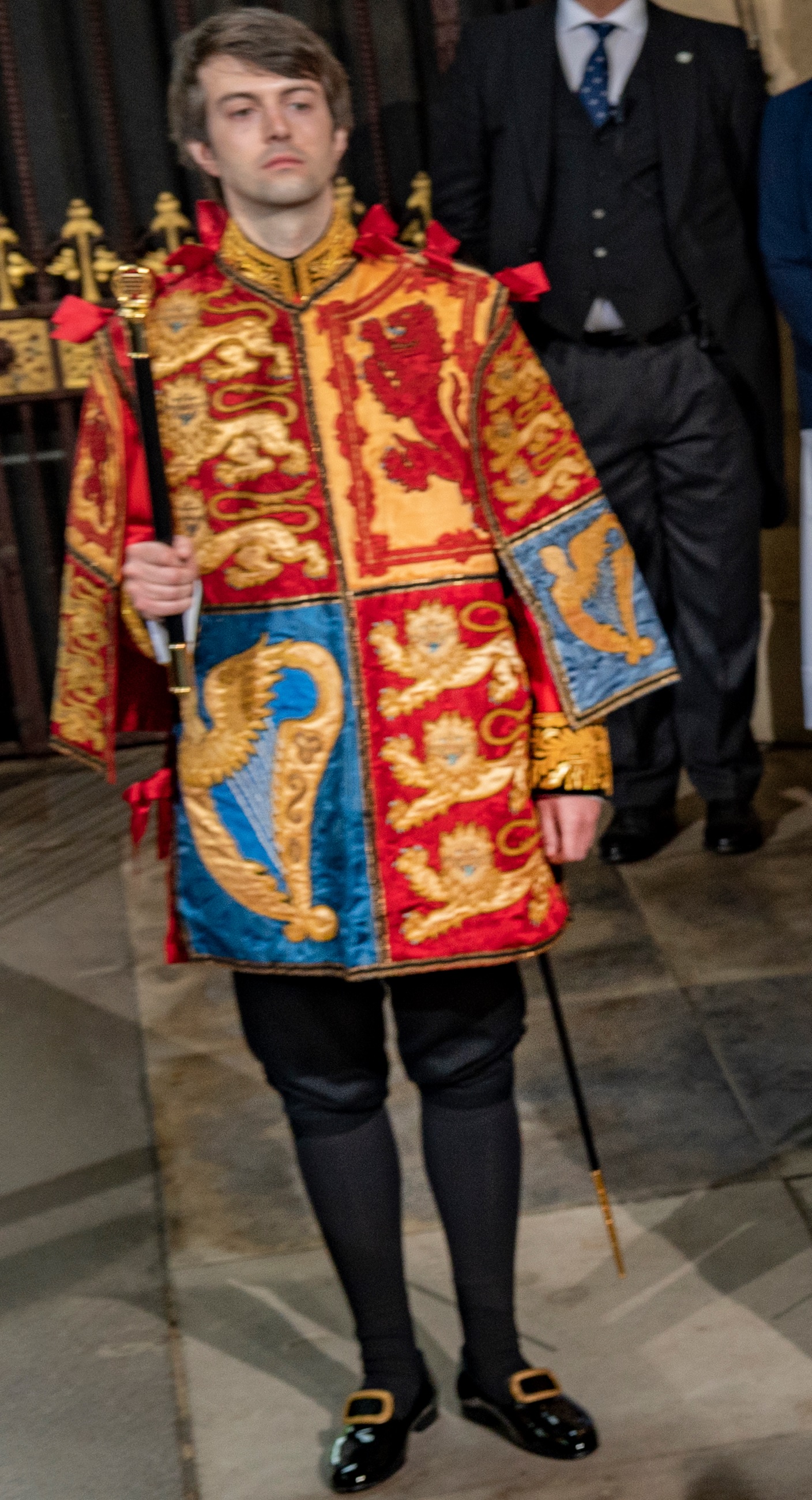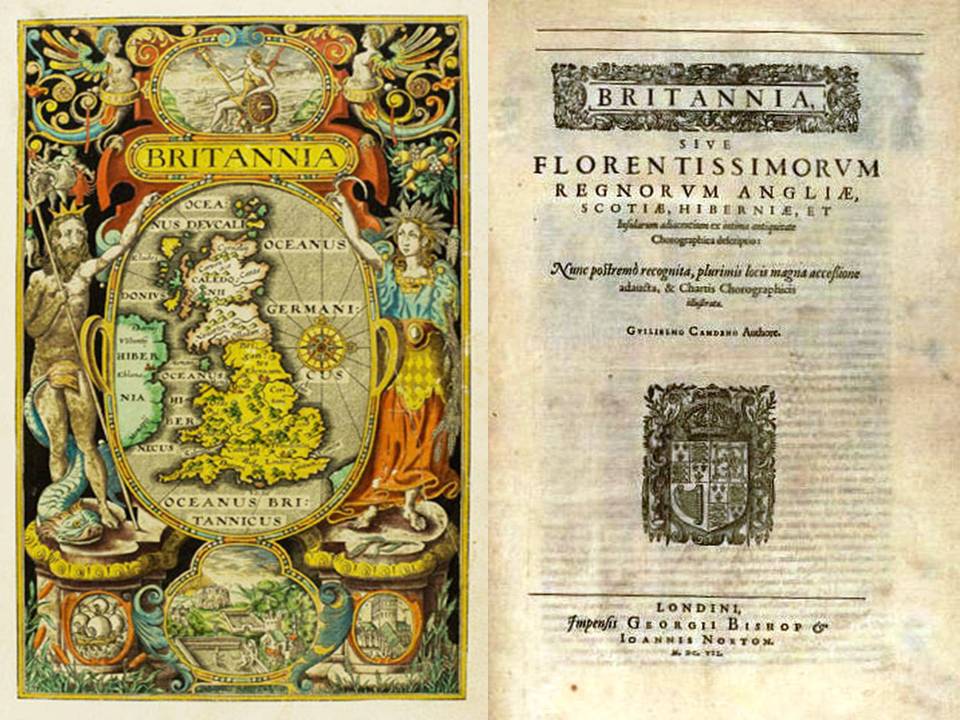|
Samuel Thompson (herald)
Samuel Thompson (d. 1624) was employed by the herald William Segar, before being recommended by William Dethick to be granted a place as a pursuivant, as he was competent in Latin. He was appointed Portcullis pursuivant in 1597. He was promoted to be Windsor herald in 1617. In 1623 he conducted the visitation of Surrey as deputy for William Camden. He had a house in Streatham, where his will was written in May 1624, but asked to be buried in St John Zachary St John Zachary (meaning "St John, son of St Zachary", i.e. John the Baptist) was a church, first mentioned in official records in 1181, within the City of London, England, on the north side of Gresham Street, Aldersgate. Its vicar from 25 Ma .... References {{reflist 1624 deaths English officers of arms ... [...More Info...] [...Related Items...] OR: [Wikipedia] [Google] [Baidu] |
William Segar
Sir William Segar (c. 1554–1633) was a portrait painter and officer of arms to the court of Elizabeth I of England; he became Garter Principal King of Arms, Garter King of Arms under James I of England, James I. Like other artists of the Tudor court, Segar was active in more than one medium, painting portraits of luminaries of the court in addition to his duties in the College of Arms. He painted Elizabeth's favourite the Robert Devereux, 2nd Earl of Essex, Earl of Essex in his "Sable sad" (black) armour for the Accession Day tilt of 1590. The famous "Ermine Portrait" of Elizabeth is sometimes attributed to Segar. Personal life William Segar may have been the son of one Nicholas Segar or of Francis Nycholson, alias Seager, who became a freeman of the Stationers' Company in 1557. Once thought to be of Dutch origin, Segar is now believed to have been born in England of an English mother. Segar stated his age as "fifty or thereabouts" in a document dated 13 September 1604. By 1 ... [...More Info...] [...Related Items...] OR: [Wikipedia] [Google] [Baidu] |
William Dethick
Sir William Dethick (c. 1542–1612) was a long-serving officer of arms at the College of Arms in London. He was the son of Sir Gilbert Dethick and followed his father as Garter Principal King of Arms. Though he was adjudged a qualified armorist and antiquarian, Dethick's biography is notable for numerous instances of conflict with his colleagues and others. Heraldic career William Dethick was educated at St John's College, Cambridge. He was appointed Rouge Croix Pursuivant of Arms in 1567 and York Herald of Arms in 1570. His father and predecessor as Garter, Sir Gilbert Dethick died in March, 1584. The office of Garter was held vacant for two years, during which time Clarenceux King of Arms Robert Cook served as interim Garter. On 21 April 1586, William Dethick was appointed Garter. In May 1604, William Dethick was sent by King James to Frederick I, Duke of Württemberg with Sir Robert Spencer. They presented jewels including two garters with diamonds and rubies, and two ... [...More Info...] [...Related Items...] OR: [Wikipedia] [Google] [Baidu] |
Portcullis Pursuivant
Portcullis Pursuivant of Arms in Ordinary is a junior Officer of Arms, officer of arms at the College of Arms in London. The office is named after the ''Portcullis chained Or'' Heraldic badge, badge of the Beauforts, which was a favourite device of Henry VII of England, King Henry VII. King Henry's mother was Lady Margaret Beaufort. The office was instituted around 1485, probably at the time of Henry's coronation. The badge of office is very similar to that of Somerset Herald, Somerset Herald of Arms in Ordinary, the latter being ensigned with the Royal Crown. The earliest recorded Portcullis Pursuivant was James or Jacques Videt, who was the plaintiff in a Common Pleas case in 1498 and again in 1500. The current Portcullis Pursuivant of Arms in Ordinary is Dominic Ingram. Holders of the office See also *Pursuivant *Officer of Arms *College of Arms References ;Citations: ;Bibliography: * ''The College of Arms, Queen Victoria Street : being the sixteenth and final monograp ... [...More Info...] [...Related Items...] OR: [Wikipedia] [Google] [Baidu] |
Windsor Herald
Windsor Herald of Arms in Ordinary is an officer of arms at the College of Arms in London. It has been suggested that the office was instituted specifically for the Order of the Garter in 1348, or that it predates the Order and was in use as early as 1338. However, it is more likely that it dates from 1364, when a pursuivant of Edward III, on bringing the king news of the victory at Auray, was rewarded by promotion to the rank of herald with the title Windsor. Thereafter there is little mention of the office before 1419, when Windsor Herald was sent to the Duke of Brittany. Since that time, the office has been maintained. The badge of office is the sunburst badge of Edward III (Edward of Windsor) royally crowned. The best-known Windsor Herald was the 17th-century antiquarian, Elias Ashmole. The current Windsor Herald of Arms in Ordinary is John Allen-Petrie, Esq. Holders of the office See also * Heraldry * Officer of Arms References ;Citations ;Bibliography * ''The Colleg ... [...More Info...] [...Related Items...] OR: [Wikipedia] [Google] [Baidu] |
William Camden
William Camden (2 May 1551 – 9 November 1623) was an English antiquarian, historian, topographer, and herald, best known as author of ''Britannia'', the first chorographical survey of the islands of Great Britain and Ireland, and the ''Annales'', the first detailed historical account of the reign of Elizabeth I of England. Early years Camden was born in London. His father Sampson Camden was a member of The Worshipful Company of Painter-Stainers. He attended Christ's Hospital and St Paul's School, and in 1566 entered Oxford ( Magdalen College, Broadgates Hall, and finally Christ Church). At Christ Church, he became acquainted with Philip Sidney, who encouraged Camden's antiquarian interests. He returned to London in 1571 without a degree. In 1575, he became Usher of Westminster School, a position that gave him the freedom to travel and pursue his antiquarian researches during school vacations. ''Britannia'' In 1577, with the encouragement of Abraham Ortelius, Camden ... [...More Info...] [...Related Items...] OR: [Wikipedia] [Google] [Baidu] |
Streatham
Streatham ( ) is a district in south London, England. Centred south of Charing Cross, it lies mostly within the London Borough of Lambeth, with some parts extending into the neighbouring London Borough of Wandsworth. Streatham was in Surrey before becoming part of the County of London in 1889, and then Greater London in 1965. The area is identified in the London Plan as one of 35 major centres in Greater London. History Streatham means "the hamlet on the street". The street in question, the London to Brighton Way, was the Roman road from the capital Londinium to the south coast near Portslade, today within Brighton and Hove. It is likely that the destination was a Roman port now lost to coastal erosion, which has been tentatively identified with 'Novus Portus' mentioned in Ptolemy's Geographia. The road is confusingly referred to as Stane Street (Stone Street) in some sources and diverges from the main London-Chichester road at Kennington. After the departure of the ... [...More Info...] [...Related Items...] OR: [Wikipedia] [Google] [Baidu] |
St John Zachary
St John Zachary (meaning "St John, son of St Zachary", i.e. John the Baptist) was a church, first mentioned in official records in 1181, within the City of London, England, on the north side of Gresham Street, Aldersgate. Its vicar from 25 May 1424 to an unknown date was William Byngham, the founder of England's first teacher training college. It was destroyed in the Great Fire of London in 1666 and not rebuilt, with its parish being reunited with that of St Anne and St Agnes by Act of Parliament in 1670- an arrangement that lasted until the 20th century. Its site is now a garden first made by the fire watchers in 1941. Partial records survive at IGI. Internment Sir |
1624 Deaths
Sixteen or 16 may refer to: * 16 (number), the natural number following 15 and preceding 17 *one of the years 16 BC, AD 16, 1916, 2016 Films * ''Pathinaaru'' or ''Sixteen'', a 2010 Tamil film * ''Sixteen'' (1943 film), a 1943 Argentine film directed by Carlos Hugo Christensen * ''Sixteen'' (2013 Indian film), a 2013 Hindi film * ''Sixteen'' (2013 British film), a 2013 British film by director Rob Brown Music *The Sixteen, an English choir *16 (band), a sludge metal band * Sixteen (Polish band), a Polish band Albums * ''16'' (Robin album), a 2014 album by Robin * 16 (Madhouse album), a 1987 album by Madhouse * ''Sixteen'' (album), a 1983 album by Stacy Lattisaw *''Sixteen'' , a 2005 album by Shook Ones * ''16'', a 2020 album by Wejdene Songs * "16" (Sneaky Sound System song), 2009 * "Sixteen" (Thomas Rhett song), 2017 * "Sixteen" (Ellie Goulding song), 2019 *"16", by Craig David from '' Following My Intuition'', 2016 *"16", by Green Day from ''39/Smooth'', 1990 *"16", ... [...More Info...] [...Related Items...] OR: [Wikipedia] [Google] [Baidu] |


